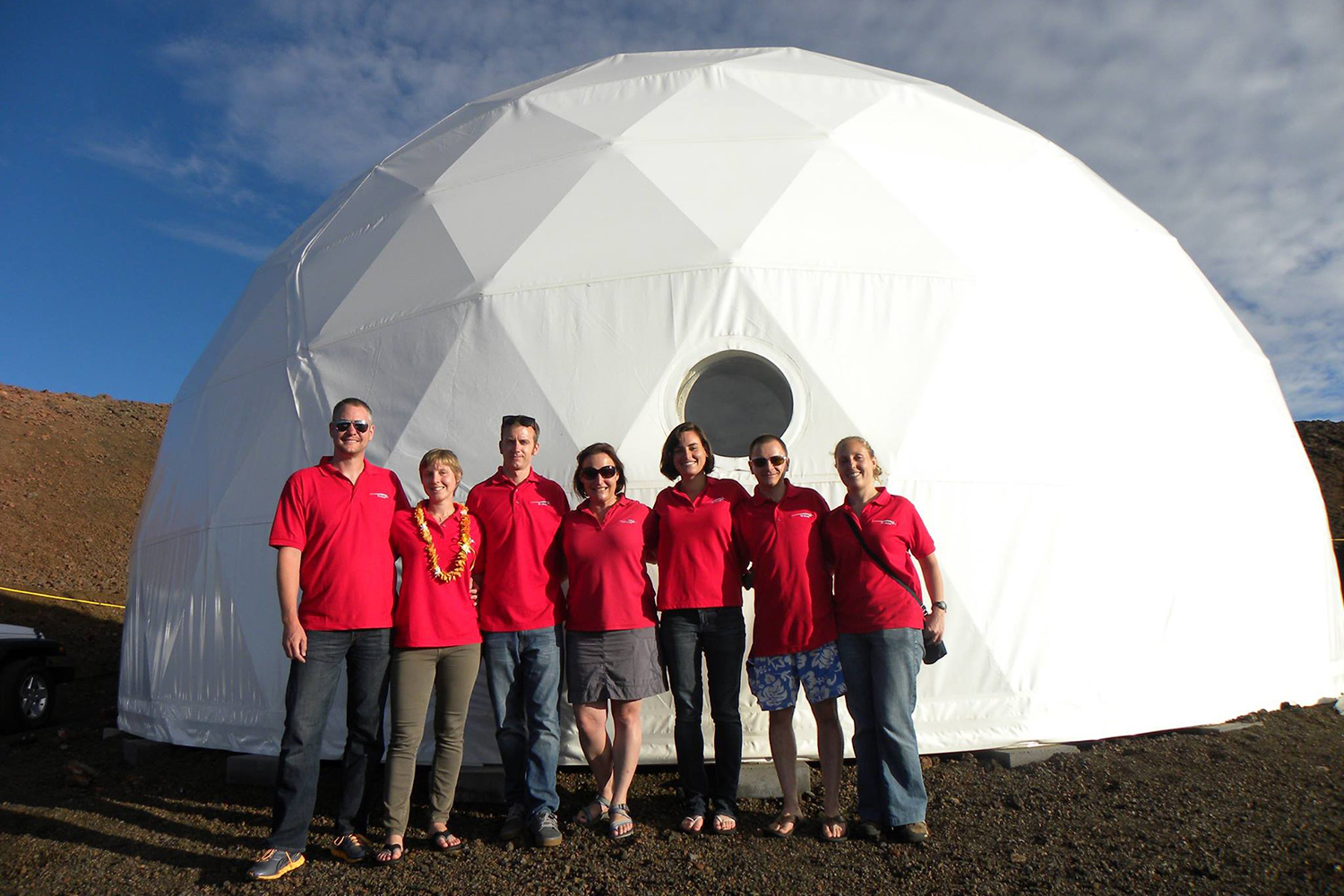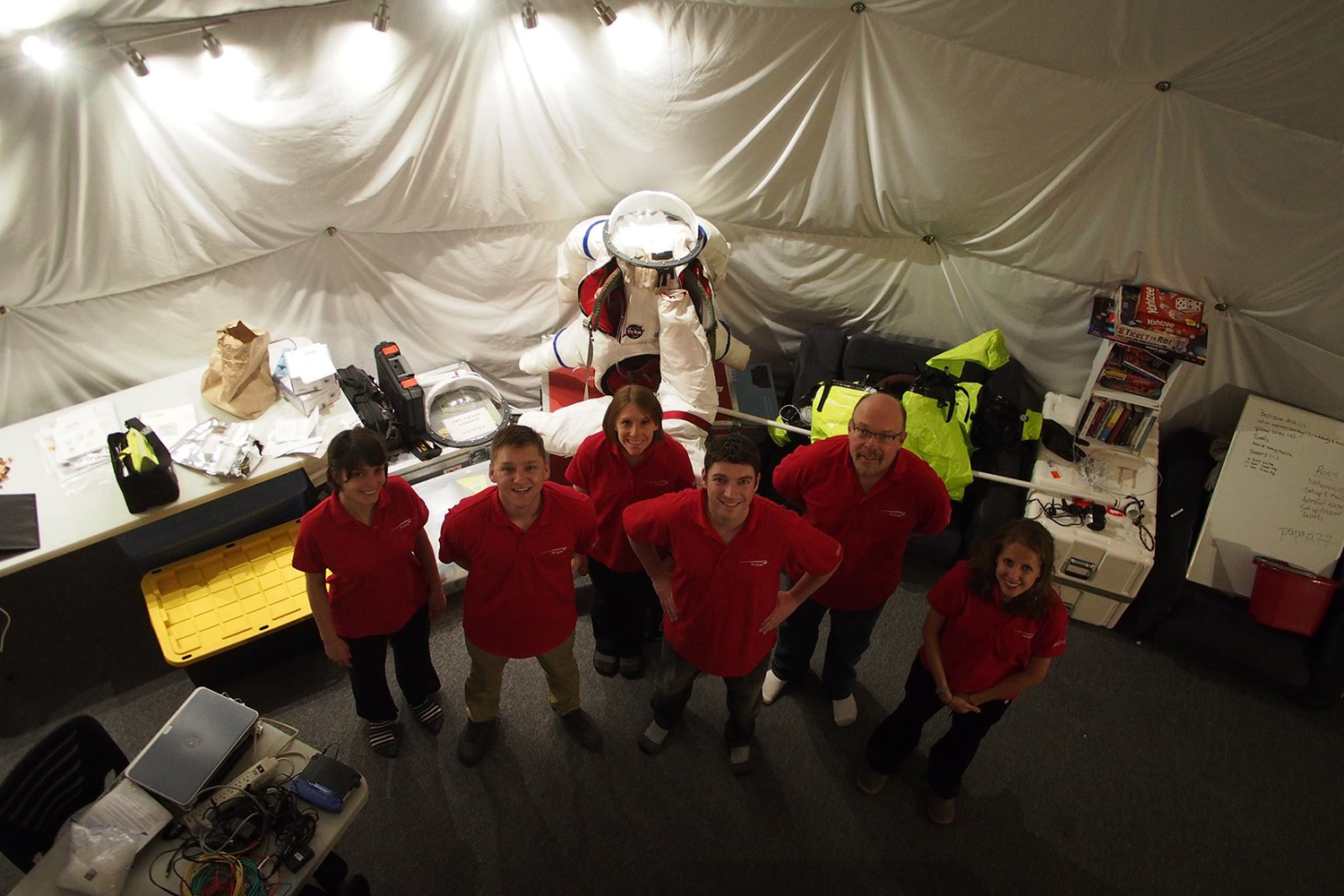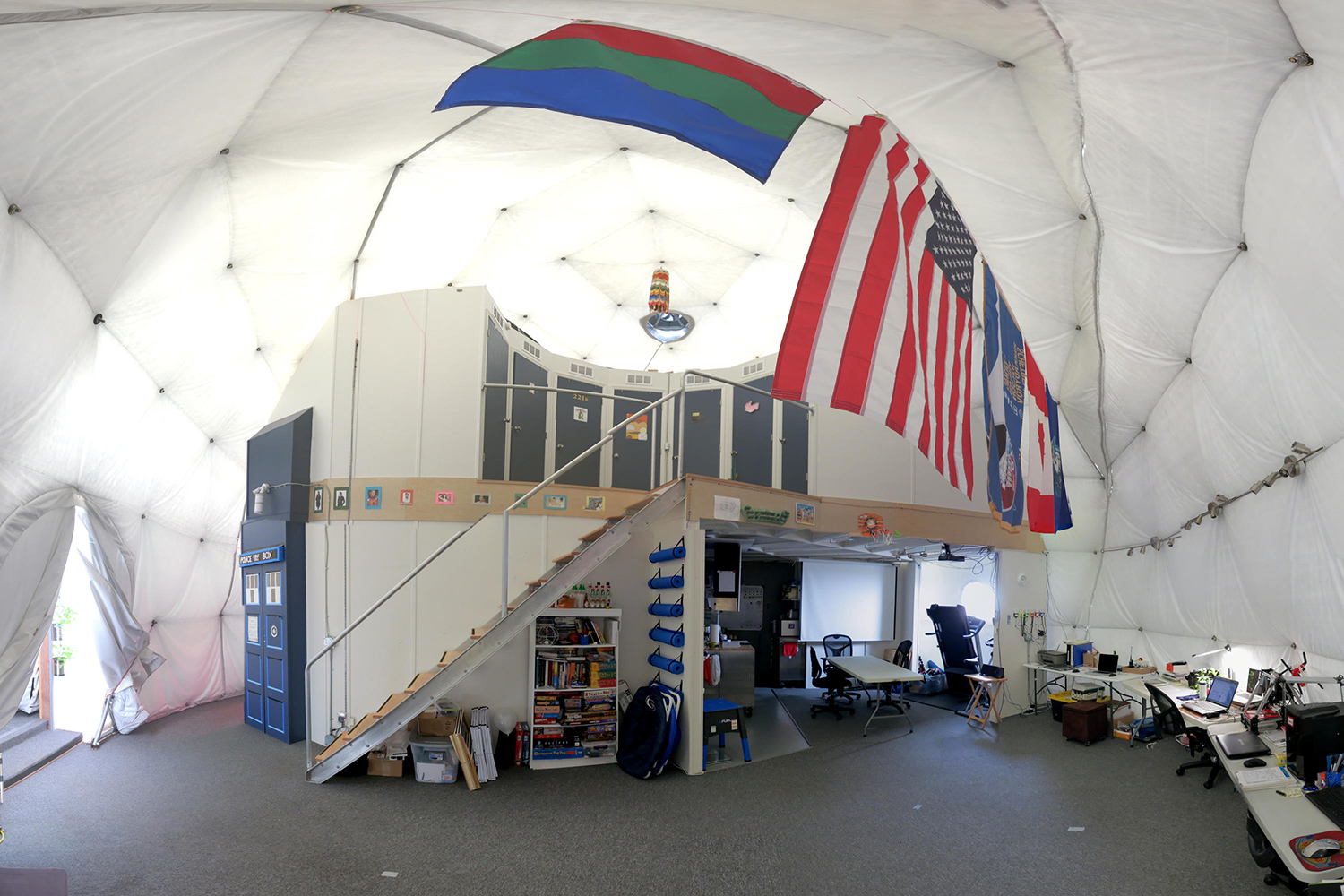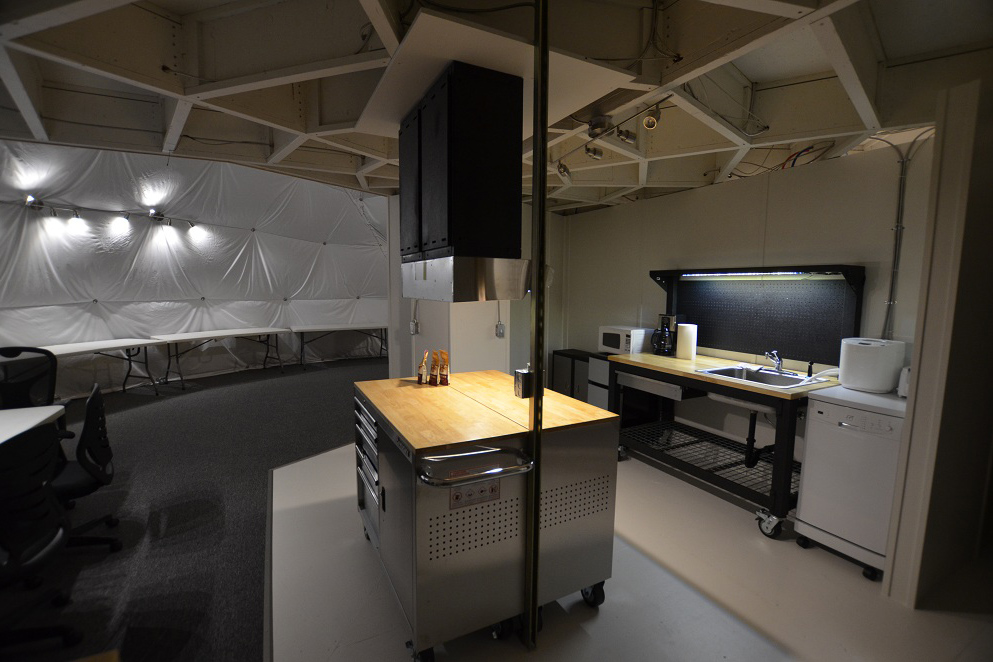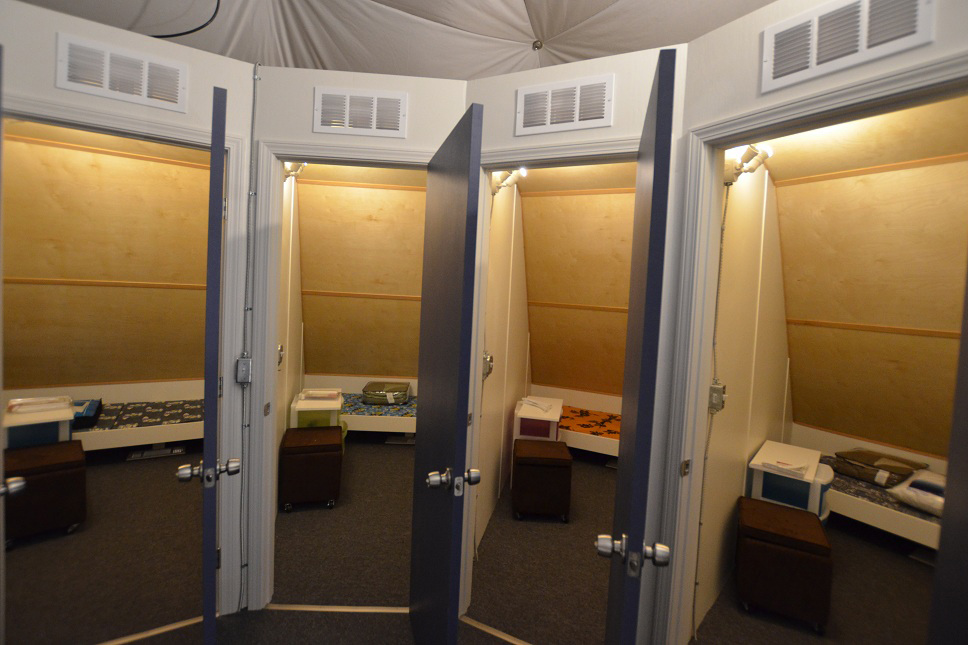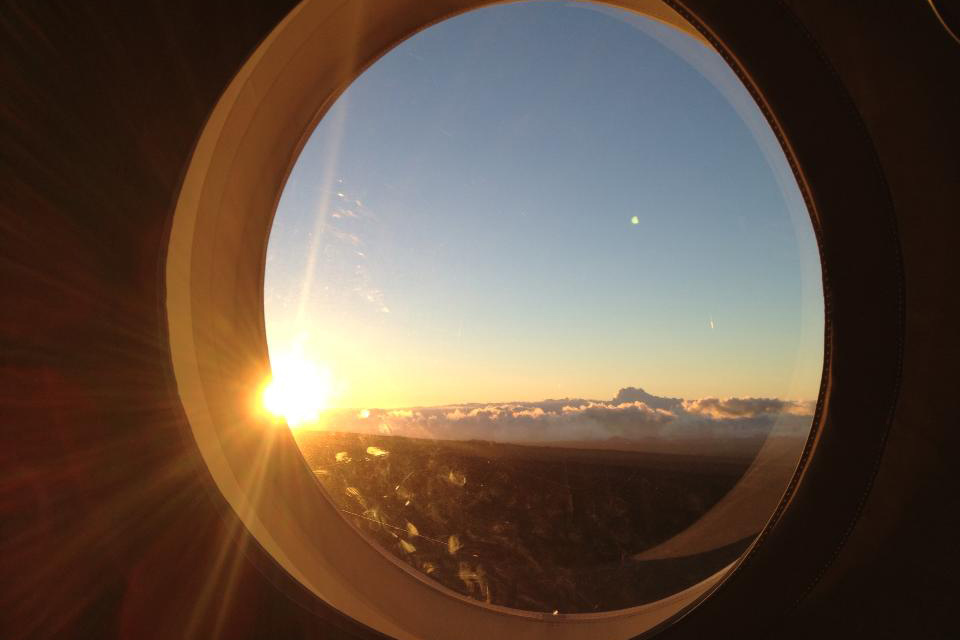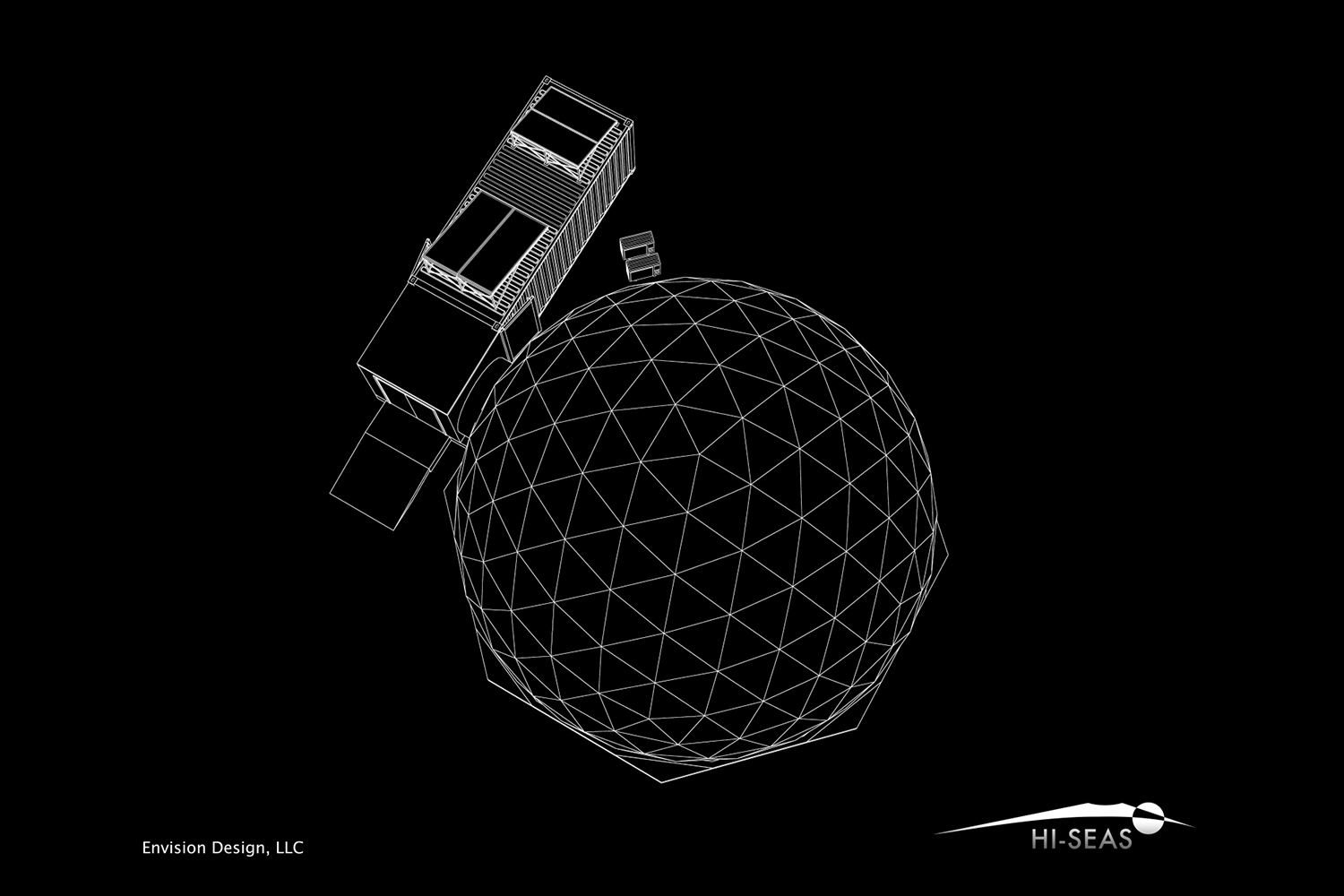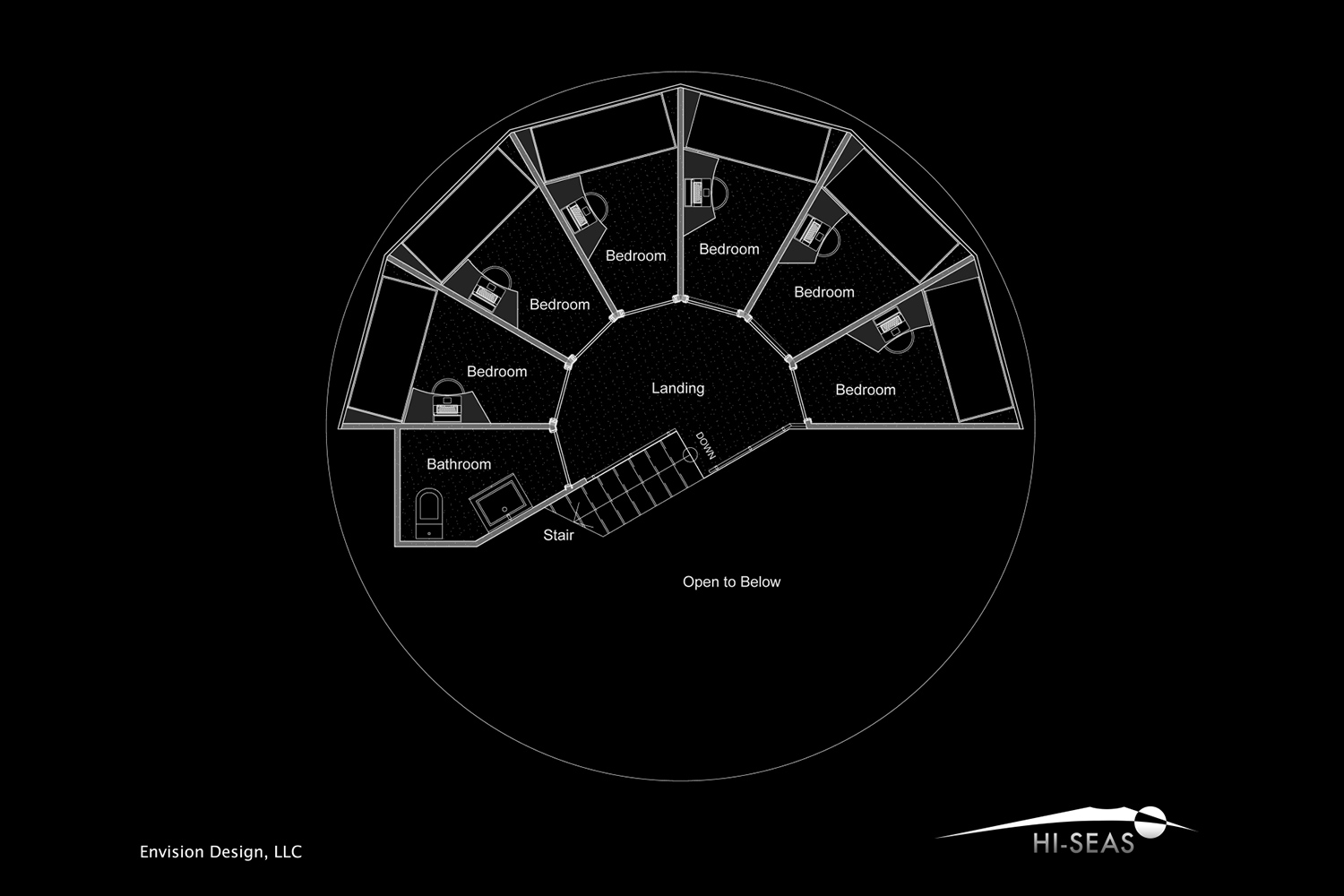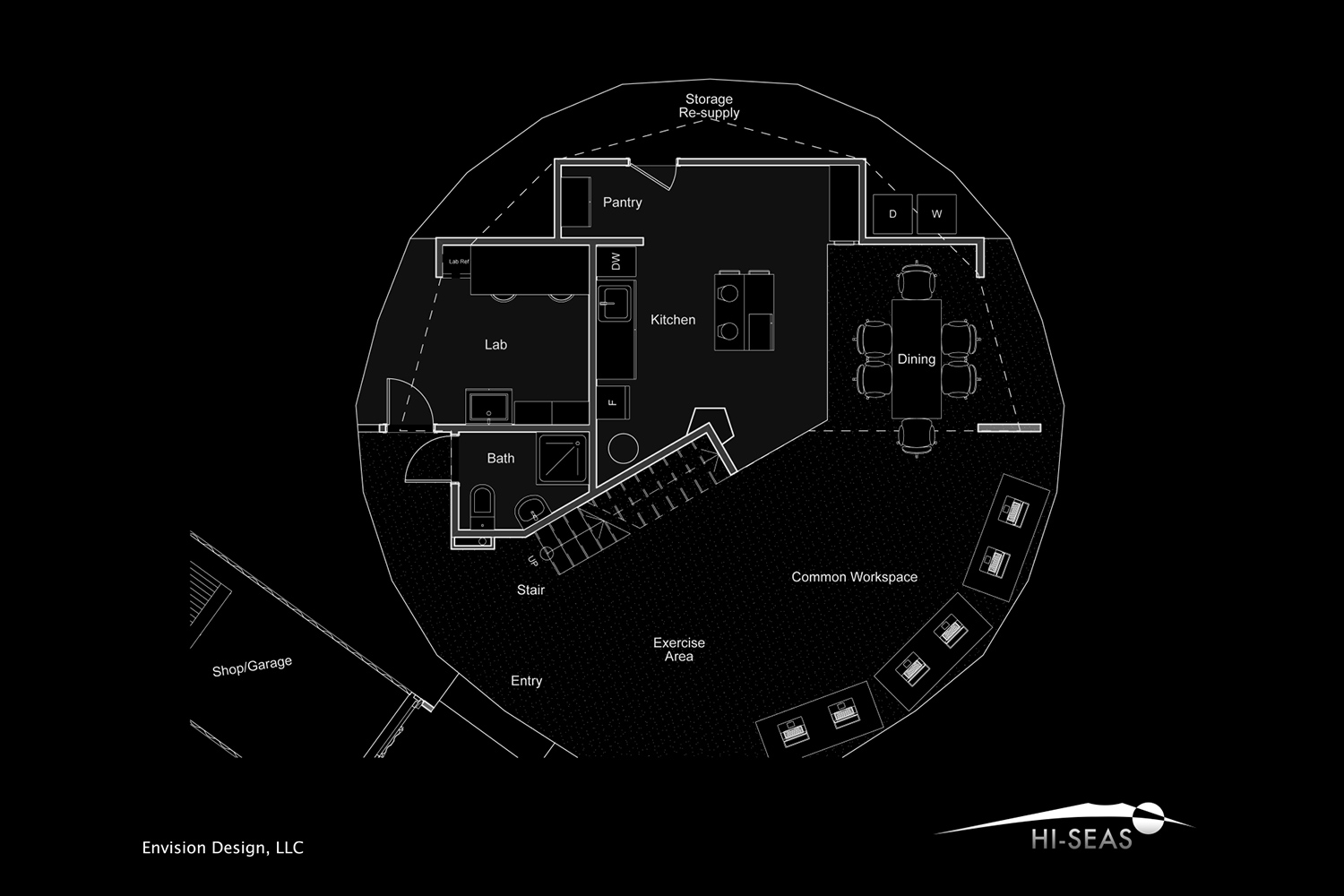The isolation experiments are designed to simulate the cramped conditions and environmental stresses astronauts would experience on a multi-year mission to Mars. Located in a barren area of Mauna Loa, the 13,570 cubic feet HI-SEAS dome measures 36-feet in diameter and is only 20-feet high. Inside the structure, each participant has a room with a sleeping cot and a desk. They have a limited Internet connection, are provided pre-packaged food for meals and can only leave the dome if they are dressed in a space suit. By providing these stresses, the space agency can study how a group handles conflict when there is limited access to fresh air, almost no fresh food and very little privacy.
NASA has already spent $1.2 million on several of these simulations and has recently awarded HI-SEAS an additional $1 million for future experiments to last through 2018. A previous cohabitation mission ended earlier this year after eight months in the HI-SEAS facility. During that simulation, participants successfully resolved all conflicts that arose during their isolation, providing valuable data on the crew personalities and relationships. Data from that latest simulation is expected to be released publicly sometime next year.
NASA has been studying Mars using robotic explorers for more than 40 years, but that’s only the beginning. The space agency plans to send a human crew to an asteroid in 2025 as a precursor to a manned Mars mission that will follow in the 2030s. In the interim, robotic spacecraft, rovers and experiments such as those being conducted at HI-SEAS will provide valuable information about Mars, space travel and the special needs of the crew who will be making the groundbreaking trip.
